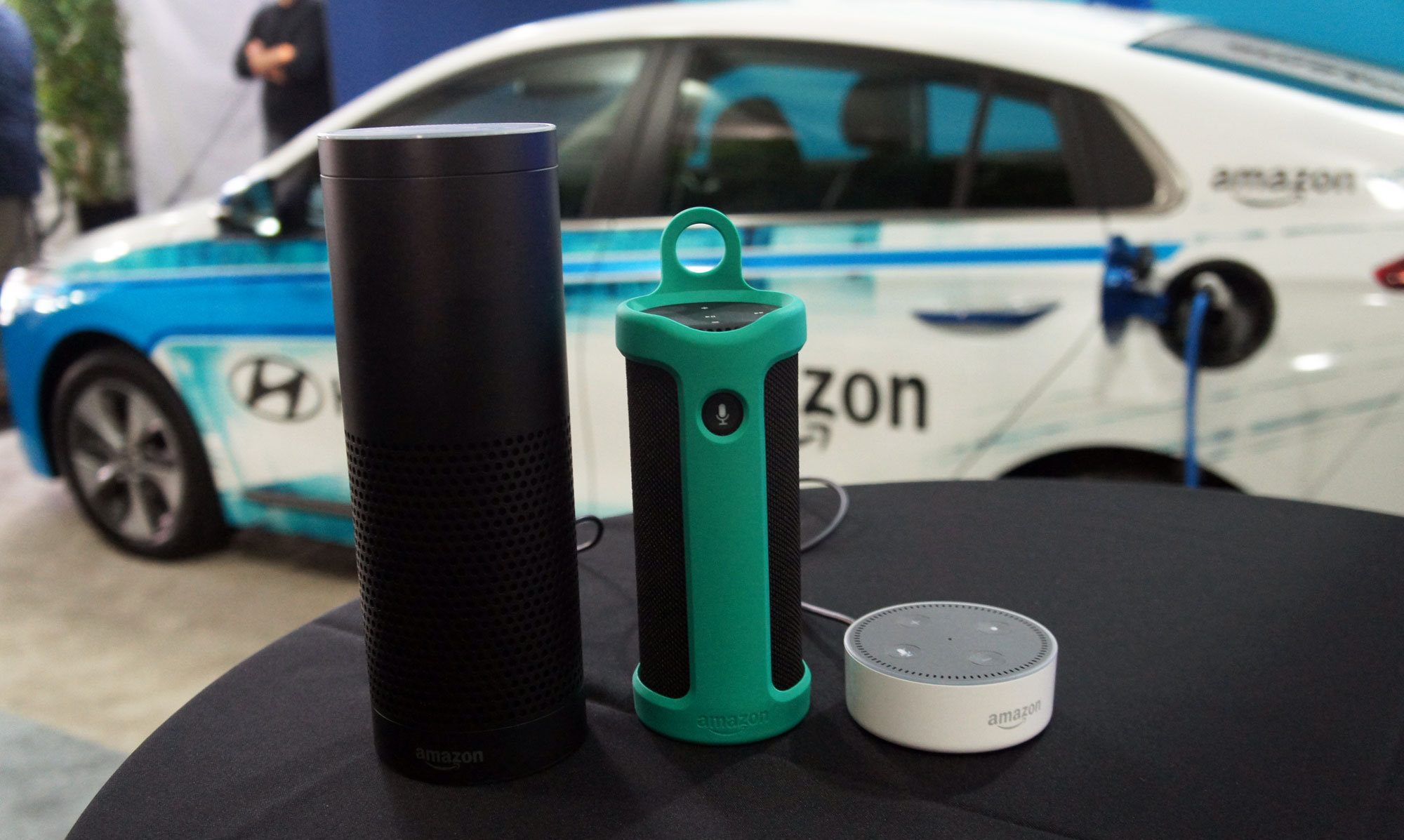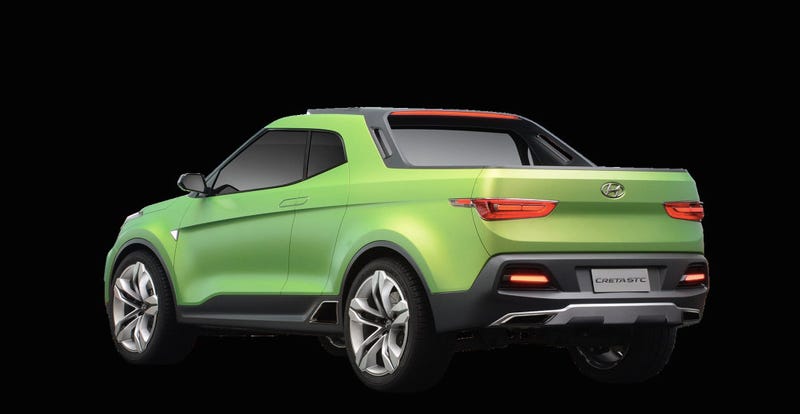Over the years, I have watched as
Hyundai has crept up on the competition and with a stealth approach it has continued to put the brand at the top of the “best of” lists. I believe it will be no different for the 2017 Hyundai Santa Fe with refreshed styling in the front and back, an impressive seven-inch touch screen, and even on the base trim, there have been some impressive safety additions added.
The 2017
Hyundai Santa Fe offers one of the best packages for the price than any other model in its category with the competition including the Chevrolet Traverse, Mazda CX-9, Toyota Highlander and the Honda Pilot.
The trim levels for this six to seven-passenger midsize SUV crossover include the base SE, Limited, SE Ultimate or the Limited Ultimate.
On the SE, you get 18-inch alloy wheels, LED daytime running lights, heated mirrors on the outside, tilt-and-telescoping steering wheel, roof rack side rails, rear spoiler and dark-tinted rear privacy glass. There are also sliding 40/20/40-split bench seats in the second row and two passengers can sit in the third-row seats. For technology, there is Bluetooth, a seven-inch touch screen, Hyundai’s Blue Link system, rearview camera, six speakers and satellite/HD radio.
Up a level on the Limited model, you get exterior mirrors with turn signals, leather seats, LED taillights, keyless ignition and entry, a hands-free rear liftgate, blind-spot and lane departure warning and second-row captain’s chairs.
The SE Ultimate and Limited Ultimate offer 19-inch alloy wheels, an eight-inch touch screen, panoramic sunroof, keyless entry and ignition, heated and air-conditioned front seats and heated second-row seats and steering wheel. There is a 360-degree camera, rear parking sensors and a navigation system with an Infinity surround-sound audio system.
There are two optional packages for the
Santa Fe and one is a Premium package for the SE that adds the SE Ultimate goodies and LED fog lights, a window sunshade and a USB outlet in the third row.
The optional package for the SE Ultimate or Limited Ultimate is called Ultimate Tech and with that you get adaptive xenon headlights and cruise control, automatic high-beams and safety extras like automatic emergency braking and lane departure.
Under the hood, the 2017
Hyundai Santa Fe has a six-speed automatic transmission with a 3.3-liter V6 engine with 290 horsepower and 252 pound-feet of torque. There is a choice of front-wheel drive or all-wheel drive on all the trim level options.
Safety is strong on the 2017 Hyundai Santa Fe with features including antilock disc brakes, traction and stability control, front seat side and side curtain airbags, front seat head restraints, a rearview camera and the Blue Link Hyundai emergency system with emergency assistance and theft recovery.
There are the additional safety features on the higher trim levels like rear parking sensors, blind-spot monitoring and lane departure warning and frontal collision mitigation.
Inside the 2017
Santa Fe, you will find comfort coupled with high-end materials that won’t go unnoticed. Nor will the overall interior design with easy to use controls, including not only the buttons and knobs, but also the touch screen features.
There are comfortable second row sliding and reclining seats, but the third row seats are not quite as roomy. You get 80-cubic-feet of space when all the rows are folded down. With the third row down, it is 41-cubic-feet of cargo space or with all the rows in use you get just 13.5-cubic-feet in the back.
The driving experience behind the wheel of the
Hyundai Santa Fe is comfortable and solid there is no doubt about it. Taking the curves with excellent handling in this crossover SUV is not only about comfort, but also control. The engine arouses in the driver that certain poise that is necessary for a superb driving experience and since there is never any question if you are in complete control the 2017 Hyundai Santa Fe shines on all the essential levels that the driver expects.












